Last Tuesday, the Federal budget was delivered. This Tuesday, RBA raised its cash rate 7 times in a row. As a result, household budget will be squeezed again. So, let’s face it and recap budgeting 101. What are the Do’s and Don’ts when you preparing your household budget?
Let’s start with the Don’ts –
- Don’t do the household budget like the government does its federal budget coz it goes into red too often.
- Don’t do the budget like you make New Year’s resolutions. You do it when you feel pumped then you forget about it.
- Don’t do the budget because someone else asks you to like the bank asks you when you need to submit a loan application.
- Don’t do the budget based on your best scenario assumptions like you will get a promotion and your salary will go up by 20%.
Instead, follow the Do’s below –
- Do prepare the budget and plan to stick with it.
- Do know your spending limits. What limits will leave you with no savings? What limits will put you in red? Know these by heart.
- Do check your budget performance regularly. We recommend check monthly then quarterly as well because some bills are paid quarterly.
- Do check your assumptions and adjust them if need to.
- Do set a small incentive (such as a glass of wine) for yourself to celebrate if budget is achieved.
- Do use some help such as your accountant if you aren’t sure about setting a realistic budget.
Below are some simple steps to set up a budget –
- Firstly, work out what’s your total income. This could be your salary, rental income if any, bonuses (although this could be put away for a nice saving or for holiday so leave it out for budgeting purposes) etc. Let’s give this number as <A>.
- Secondly, work out your essential expenditures. These are items you need to survive. Eg, groceries, utility bills, kids school fees etc. Let’s give this number as <B>
- Thirdly, work out your commitments. These are items that you don’t have way out. Eg, mortgage repayments; car lease repayments, health insurance etc. Let’s give this number as <C>
- Fourthly, work out what saving you want to achieve at the end of the month. Let’s give this number as <D>.
- A less B less C less D gives you the discretionary spending number which you can choose to spend for entertainment and other non-essential purposes. Let’s give this number as <E>.
- What a typical budget is basically the sum of B, C and E. Remember this number. This is your budget.
One simple tip to check your monthly budget – has your saving account balance gone up by the number <D> each month? If it did, then you need to pour yourself a glass of wine.
We are Chartered Accountant and Mortgage Specialists, as always we are here to help if you need assistance with your budget setting.

